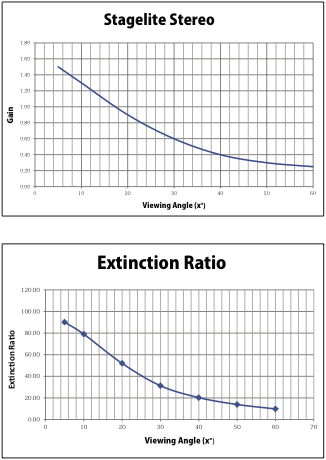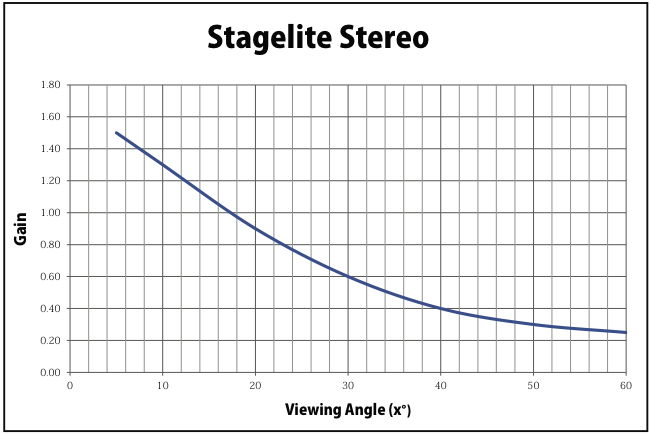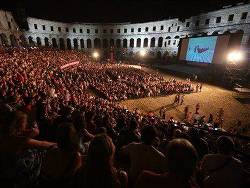24 July – Yellow Jacket iPhone stun gun case — Indiegogo – One wonders if you can get some extra time from the stun battery?
23 July – Maximum PC | White Paper: OLED Screens; Lot of data about something that could have been years ago, but which is quickly going to be happening…
4 July – All United States will mass together and explode fireworks today, as Higgs has been found. (Most didn’t know she was lost.)
For music fun today: 100 Riffs (A Brief History of Rock and Roll
OK, for explaining Higgs: What is the Higgs boson? – video | Science | guardian.co.uk
I don’t see it anywhere, but I understand that this field…these particles in this Higgs Field were described in an article written a couple decades ago for some Time or Newsweek like magazine. The scientist called the article something along the lines of “Searching for that God Damn Particle”. The editor, fearing the wrath of mouth-breathers everywhere renamed it “The Search for the God Particle”
1 July – The father of wife Frederique, Bernard Peiffer, has had a 2 album set released…great tunes:
Improvision: Bernard Peiffer: Amazon.fr: Improvisions
Fredy’s father played with the greats, from Django to Torme and dozens of others in between including solo at Carnegie Hall.
22 June – What is OLED TV? | TV and Home Theater – CNET Reviews – hat tip Mark Schubin
Is Condition One the future of video? Mark Cuban thinks so – hat tip Mark Schubin
27 May – Staples eReader interactive infographic – Doesn’t sound as fun as it is; tests your reading skills.
22 May – Rachele Gilmore’s 100 MPH Fastball – Andy Ihnatko’s Celestial Waste of Bandwidth (BETA)
20 May – 99% Invisible-50- DeafSpace by Roman Mars
17 May – 700 Opening Traps – Bill Wall from Bill Wall Chess Resources
16 May
The Second Circuit Reverses Conviction of Computer Programmer and Holds that Theft of Intellectual Property Is Not Necessarily Criminal – Hat tip to: 1st Joe Wojdacz | Disruptive Innovationist
JD Supra Buzz! — Can an API Be Copyrighted?
Inventors Should File Patent Applications As Soon As Possible | Fox Rothschild – JDSupra
What is Missing?
Classic Think Different
Think Different’s The Crazy Ones
{youtube width=”600″ height=”360″}8rwsuXHA7RA{/youtube}
The campaign was made almost entirely in-house by the team at TBWA Chiat/Day, Los Angeles:
Lee Clow, Chairman and Chief Creative Officer Worldwide, Account Director
Creative Directors: Ken Segall, Rob Siltanen, Eric Grunbaum, Amy Moorman.
Jennifer Golub, Executive Producer & Director, Art Director
Art directors: Jessica Schulman, Margaret Midgett, Ken Younglieb, Bob Kuperman, Yvonne Smith, Susan Alinsangan.
Copywriter: Craig Tanimoto.
Dan Bootzin, Senior Editor of the in-house arm, Venice Beach Editorial.
Stock Photo and Film research was carried out by Susan Nickerson, owner and head stock-footage researcher with Nickerson Research.
In 1998 the television spot won the second annual primetime Emmy Award for best commercial from the Academy of Television Arts & Sciences (ATAS). The ad also won a Belding, a Silver Lion at Cannes. The long term campaign won an Effie award for marketing effectiveness.
Stephanie Clarkson has had a desktop image page based on the ad, since it aired in 1997. She gives biographical details for each of the people featured in “Think Different #1”. Think different: Desktop Pictures (The last picture is un-noted, but she is the daughter of director Tarsem Singh, who is the featured bicycle rider on the Deep Forest Sweet Lullaby video.)
Richard Dreyfuss reads the voiceover in the most well known version:
Here’s to the Crazy Ones.
The misfits.
The rebels.
The troublemakers.
The round pegs in the square holes.
The ones who see things differently.
They’re not fond of rules.
And they have no respect for the status quo.
You can quote them, disagree with them, disbelieve them, glorify or vilify them.
About the only thing that you can’t do, is ignore them.
Because they change things.
They invent. They imagine. They heal.
They explore. They create. They inspire.
They push the human race forward.
Maybe they have to be crazy.
How else can you stare at an empty canvas and see a work of art?
Or, sit in silence and hear a song that hasn’t been written?
Or, gaze at a red planet and see a laboratory on wheels?
We make tools for these kinds of people.
While some may see them as the crazy ones, we see genius.
Because the ones who are crazy enough to think that they can change the world, are the ones who do.
Think Different #1 featured the following footage:
Albert Einstein, smoking a pipe
Bob Dylan, moving to his harmonica
Martin Luther King, at the end of his Washington speech
Richard Branson, shaking champagne
John Lennon and Yoko Ono singing
Buckminster Fuller demonstrating the Bucky Ball
Thomas Edison thinking
Mohammed Ali dancing for the press
Ted Turner boxing the air with a smile
Maria Callas blowing a kiss
Mahatma Gandhi smiling
Amelia Earhart arriving
Alfred Hitchcock speaking
Martha Graham dancing
Jim Henson puppeteering
Frank Lloyd Wright walking by his home
Picasso painting
A child dreaming
A bit of the background
Steve Jobs had just returned to the struggling company, Apple. Jobs and Lee Clow had collaborated back in 1984 to launch the MacIntosh.
Now was the time to recover the sene of Apple’s place in the world of creative users. The TBWA Chiat/Day team said that Apple should be aligned with the creativity of personalities and people making an impact on the twentieth century. The “Think Different” phrase provided an opportunity to celebrate both the creativity of these people but also the distinctiveness of Apple in the computing world, responding to IBM’s historic campaign motto, “Think”. The campaign was swiftly approved by Apple, then begun with the television commercial, which first ran on Sept. 28 1997, followed by the print ads, billboards and posters.
According to the extinct site: http://tvadverts.blogspot.com/2005/10/apple-think-different.html


